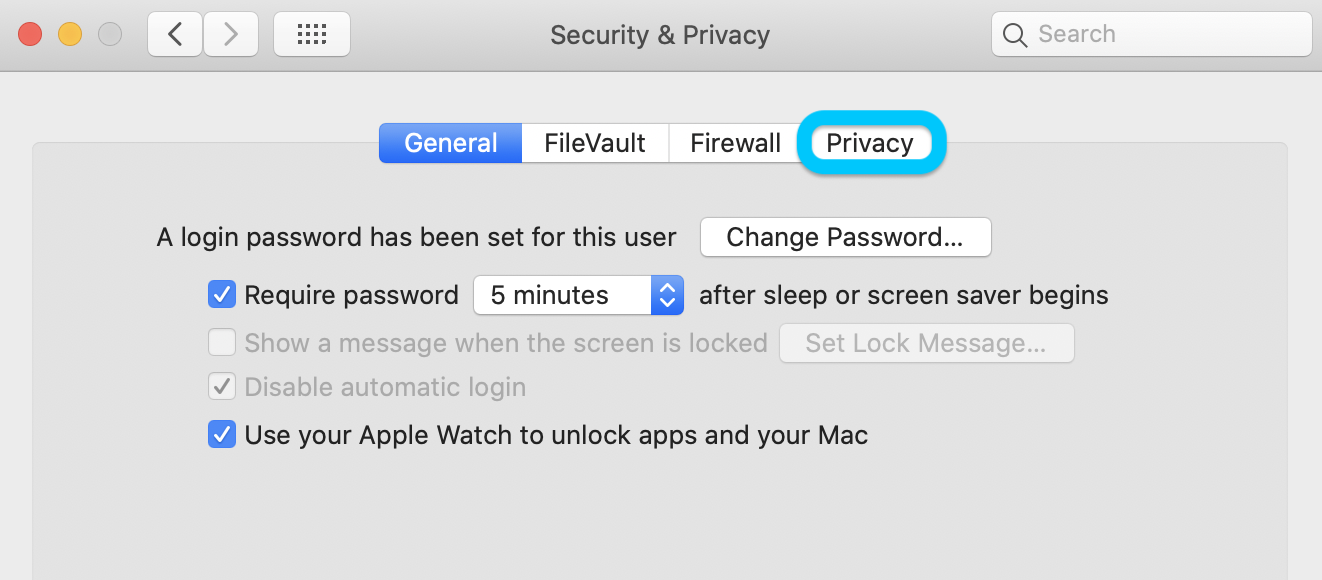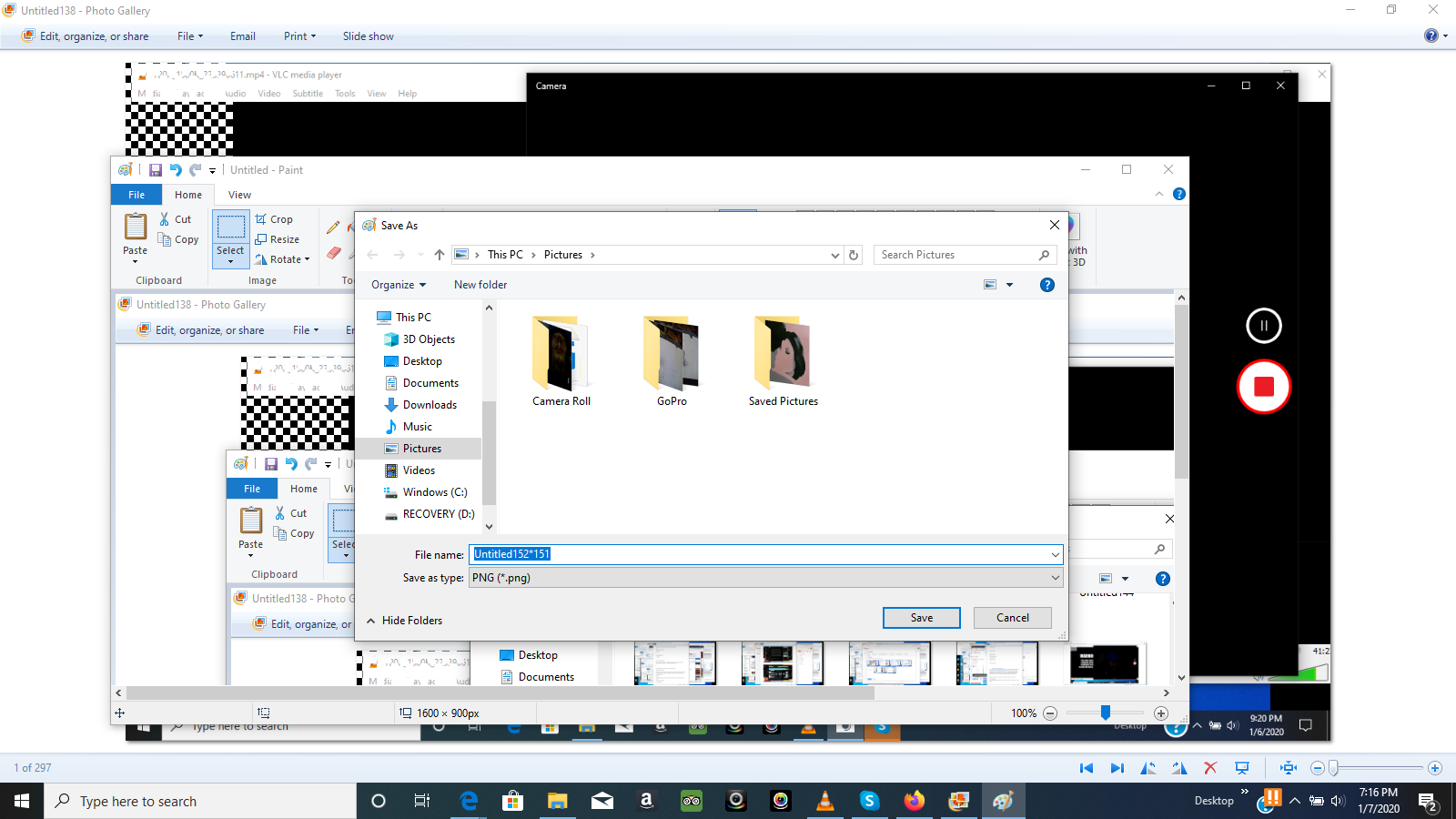

- #Log for checking application install history on mac for mac
- #Log for checking application install history on mac license
- #Log for checking application install history on mac mac
Some logs are written to other locations. Most Tableau Server logs are written to a location in the data directory. Doing this can cause unexpected behavior or server downtime. Tableau Server log files on an active clusterĪs a best practice you should not edit or delete log files in an active Tableau Server installation. For details about processes or services you might find logs for, see Tableau Server Processes. New services and processes are added periodically to support new functionality. Note: The specific directories and logs generated by Tableau Server depend on the version of server you are running, and which processes you have configured. When you open a case with Support, you may be asked to send log files from your server. In some cases, system administrators may be able to look at logs and find clues to what is happening, but in most situations the Tableau Server logs are most useful for Tableau Support. Log files can be useful in helping to identify and fix issues that Tableau Server is having. Looking for Tableau Server on Linux? See Server Log File Locations.

The extent of information in the logs depends on which service is writing the logs, what the logging levels are set to, and what is happening on the server. These log files include information about what is happening on the server, what the service or process is doing, and what, if any errors or warnings are generated. Each service that runs as part of Tableau Server generates its own logs. If these steps do not help, you may need to contact Apple directly for further assistance with your Apple ID purchase history: Apple Support.Tableau Server generates log files as a normal part of its functioning.
#Log for checking application install history on mac mac
Here at Omni we do not have access to Mac App Store accounts or Apple ID purchase information.

#Log for checking application install history on mac for mac
If you purchased the application for Mac under that Apple ID, you should see it in this list. The Purchased tab shows all prior Mac App Store purchases, excluding any of those that had previously been hidden. Go to Menu Bar > Store > Sign In to log in with your Apple ID.Ĭlick Purchased in the toolbar.
#Log for checking application install history on mac license
The Mac App Store versions are functionally identical to the Omni Store version, except it’s automatically licensed using your Apple ID, and does not require a separate license key.Īs long as you are using the same Apple ID and are in the same country as the original purchase, Apple allows you to reinstall any of your previous purchases for free. Purchases made in the Mac App Store are tied directly to the iTunes Apple ID used for the purchase.


 0 kommentar(er)
0 kommentar(er)
